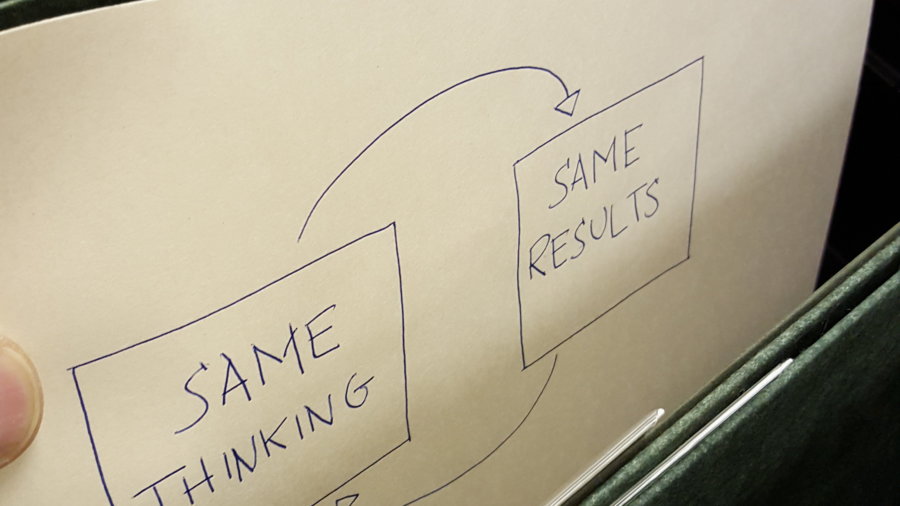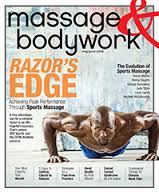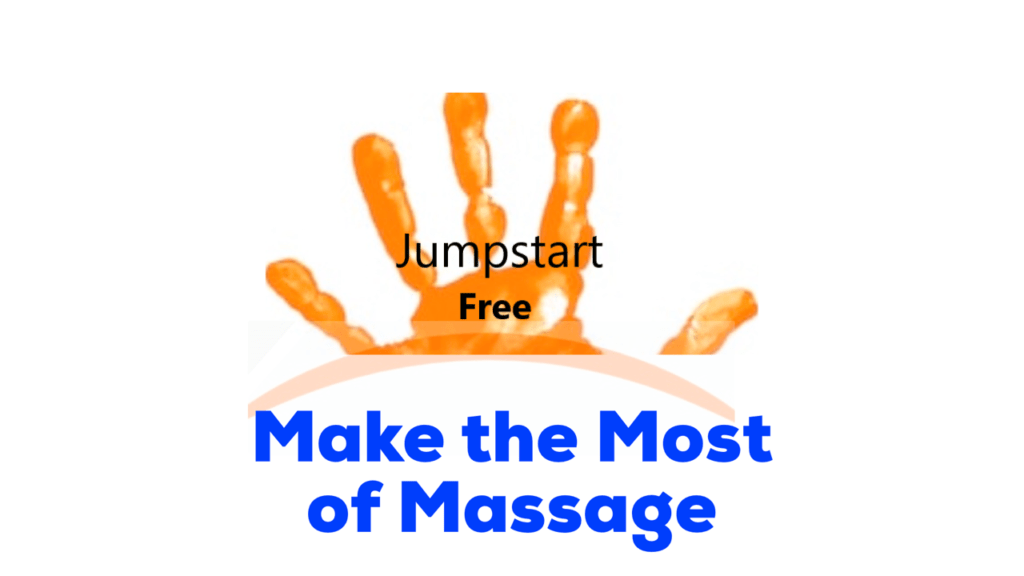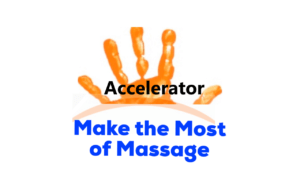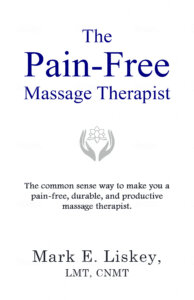As students, we need to be sponges in order to master a skill or concept. But the sponge mindset becomes a problem when what we’ve learned, accepted and practice actually hurts us. This is when beliefs can end a career.
Personally, I’ve had belief-ending-career encounters. My massage specialty is neuromuscular massage therapy (NMT). Though I’m not a strict NMT therapist now, there are many NMT beliefs that still impact how I do massage.
Massaging the origin, insertion and body of the muscle is one of them.
[bctt tweet=”Every massage specialty comes with beliefs that could be injurious to the practitioner.” username=”Mark LiskeyMarkLiskey”]
Thank you, Joo
Not so long ago, when I was teaching a massage tools class, Joo, an MT, asked me why I was always working muscle attachments as well as the body of the muscle. The question literally stopped me in my tracks.
I hadn’t thought about it for 18 years, ever since I was certified in NMT. I couldn’t point to any credible research that said working attachments was better for pain relief than not working them. And even though I thought I got better results with my clients by working attachments, I couldn’t prove it.
Here’s how I answered Joo: My clients seemed to appreciate the thoroughness of origin/insertion/body massage AND it’s ingrained in my brain to do it that way.
As I thought about this some more, I had a flashback to about 5 years ago. My hands were really starting to bother me precisely because of the specific deep pressure needed to work small and deep attachments. I switched to forearms (when I could), then I developed a case of cubital tunnel syndrome.
Find a New Way to Get ‘Er Done
When my elbow and arm started to flare up, I was running out of body parts to deliver pressure. My instinct was to find different/new ways to execute my philosophy.
So I started to experiment with combination body parts to deliver pressure and I greatly expanded my usage of massage tools. Those two changes along with learning how to lean to generate pressure did the trick (click here to see How to Do VERY Precise Pressure)—most of the time.
But on those killer weeks when clients were coming out of the woodwork, the sheer volume of clients wore down my hands—until I remembered my conversation with Joo.
Why was I working attachments—especially when doing a relaxation massage?
Challenge Your Thinking
It didn’t really make a lot of sense when I started to question my rationale. Was pressing the hammy attachments around the ischial tuberosity going to make or break my relaxation massage?
Probably not. In fact, when I broke from my do-muscle-attachments-at-all-costs mindset, none of my clients complained or probably even noticed—and my body thanked me.
How to Handle Massage Beliefs
Don’t wait 20+ years like I did to examine your massage beliefs. If you’re in pain when/after doing massage, check to see if the pain could be connected to your massage philosophy (e.g., get attachments at all costs) and conditioning. If so, here’s how you can help yourself out:
- Find a new way/technique to execute your philosophy.
If you want to continue to execute your philosophy, look for different ways to get the job done. I expanded my use of massage tools and incorporated combination body parts to deliver pressure so that I could continue to work muscle attachments without causing myself pain.
- Challenge your thinking.
Sometimes a belief just needs to be challenged. For instance, did I really need to massage muscle attachments all the time to do a good massage? As it turns out, it wasn’t necessary for me to work attachments with every massage, especially for a relaxation massage.
You Can Change—And Not Lose A Client
You can change how you do massage and not lost a client. I did.
Five years ago, I was pooping my pants. I had to do something drastically different or get out of massage. But I was worried that clients–especially the ones who had been with me for 20 years–would walk if the massage felt different.
So I cautiously went about changing my massage approach by getting in more massage tool reps with each massage and experimenting with my knuckles and fists for deep pressure in place of my forearms. In about a year, I had completely revamped my massage. Not one client walked. In fact, I think my massage got better.
Here are some more other articles I’ve written to help you uncover and address beliefs that may hurt your body:
The Question That Will Save Your Body
I Broke a Massage Rule–And I Liked It
Massage Pain-Free Online CEU Class
If you want to cut to the chase and start massaging pain-free now, I’ve taken my bread-and-vegan butter class for massaging pain-free and converted it into an online, home-study course.
There are lots of videos and you can email me any question anytime.
Check it out here.
